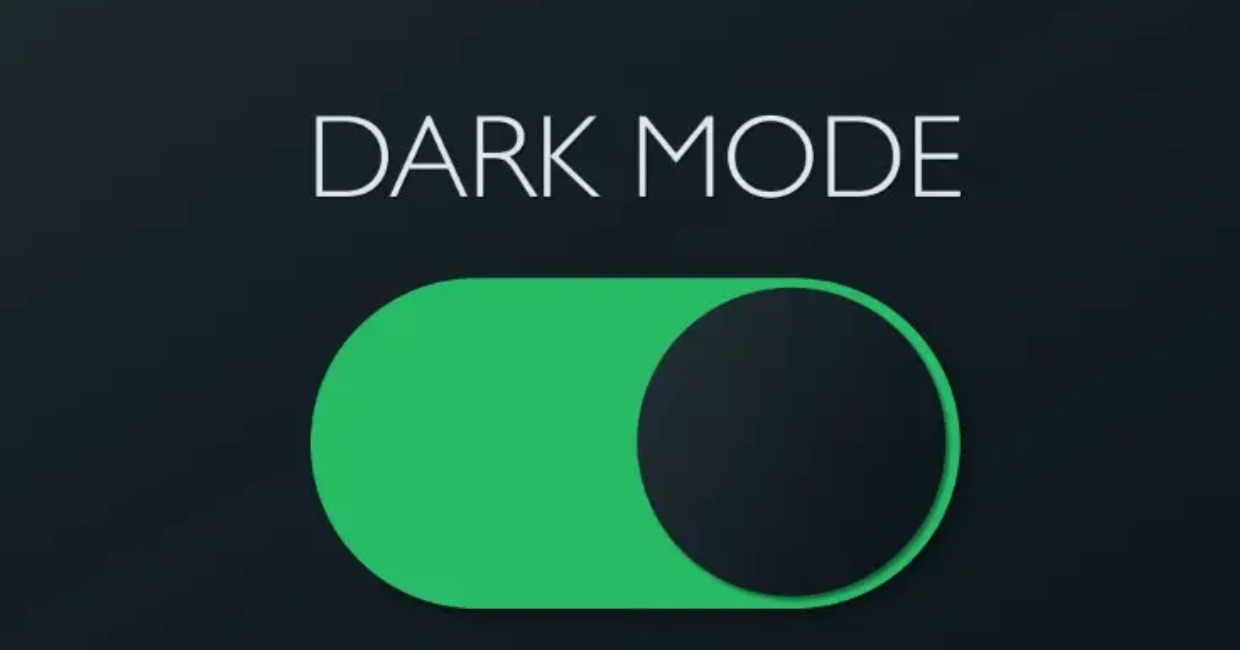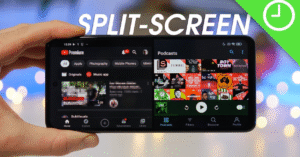How to Enable Dark Mode Everywhere on Android

Enable Dark Mode
Dark mode has become one of the most popular features in modern smartphones. Whether you’re looking to reduce eye strain, save battery, or simply enjoy a more sleek and stylish interface, enabling dark mode can significantly enhance your Android experience. While Android offers native support for dark themes, achieving a full dark mode experience across all apps and UI elements requires some additional steps.
Transform Your Android Experience: How to Customize the UI Without Rooting
Why Should You Enable Dark Mode?
1. Reduced Eye Strain
When you enable dark mode, especially in low-light environments, it reduces glare and makes content easier to read.
2. Battery Conservation
Dark pixels use less energy on OLED and AMOLED screens. So when you enable dark mode, your phone battery can last longer.
3. Modern Aesthetic
A unified dark theme offers a premium and professional look across your device.
System-Wide Settings to Enable Dark Mode
Android 10 and Above
Since Android 10, Google has provided a native option to enable dark mode across the system.
Steps:
- Open Settings → Display
- Tap Dark theme
- Toggle it ON
This will immediately enable dark mode for the system UI and all supported apps.
Schedule When You Enable Dark Mode
Many Android versions allow you to schedule dark mode automatically.
Steps:
- Go to Settings → Display → Dark Theme
- Tap Schedule
- Choose from options like Sunset to Sunrise or set custom times
By scheduling, you can automatically enable dark mode at night and disable it during the day for better usability.
Use Developer Options to Force Enable Dark Mode
If some apps don’t support dark mode by default, you can still try forcing it.
How to do it:
- Go to Settings → About Phone
- Tap Build Number 7 times to enable Developer Mode
- Go back to Settings → System → Developer Options
- Find Override Force-Dark and toggle it ON
This setting tries to enable dark mode in apps that don’t natively support it.
Enable Dark Mode in Google Apps
Most Google apps now support dark themes. Here’s how to enable dark mode in some of the most popular ones:
- Chrome:
Settings→Themes→Dark - Gmail:
Settings→Theme→Dark - YouTube:
Settings→General→ toggleDark Theme - Google Maps:
Settings→Theme→ chooseDark
Make sure these apps are up to date to access dark mode options.
Enable Dark Mode in Third-Party Apps
While many third-party apps support dark themes, some still lack built-in options. Here’s how to manage both:
Apps With Built-in Dark Mode
Go to each app’s settings and look for Appearance or Theme. If available, enable dark mode manually.
Apps Without Native Dark Mode
- Use Force Dark Mode from Developer Options
- Use apps like DarQ (no root required) to selectively enable dark mode on specific apps
- Rooted users can apply full dark themes using Substratum or Magisk Modules
These tools give you greater control to enable dark mode wherever possible.
Enable Dark Mode Using Custom Launchers
Some Android launchers support dark themes, allowing you to enable dark mode across the home screen, app drawer, and widgets.
Best Launchers:
- Nova Launcher: Theme settings → Night Mode
- Lawnchair 2: Appearance → Theme → Dark
- Smart Launcher 6: Global Theme → Dark
By using these, you can enable dark mode even if your system settings don’t support it fully.
Browsers and Web Content: Enable Dark Mode
Many websites still show bright themes by default. Fortunately, browsers are catching up:
Chrome
Enable experimental flags:
- Go to
chrome://flags - Search for “Dark Mode”
- Enable Force Dark Mode for Web Contents
Or, just use Chrome’s built-in dark theme:
Settings→Themes→Dark
Firefox
- Go to
Settings→Customize→ chooseDarktheme - Use add-ons like Dark Reader to dark mode on all websites
Enable Dark Mode in Social Media and Messaging Apps
Most popular apps now allow you to enable dark mode easily:
- Facebook: Menu → Settings → Dark Mode → ON
- Instagram: Follows system setting
- Twitter: Display Settings → Dark Mode → Dim or Lights Out
- Telegram: Settings → Chat Settings → Theme → Dark
- WhatsApp: Settings → Chats → Theme → Dark
Always keep apps updated to access the latest dark mode features.
Root Users: Advanced Dark Mode Options
For rooted devices, the possibilities expand significantly.
Substratum Theme Engine
Allows you to install and apply custom dark themes across the system.
Magisk Modules
Modules like Dark Theme Enabler or Systemless Hosts help apply full system overlays.
Xposed Framework
Advanced users can dark mode at a deeper level, modifying specific UI elements and forcing app behavior.
Enable Dark Mode on Widgets and Wallpapers
To make your device visually consistent:
- Use dark wallpapers or AMOLED black backgrounds
- Choose widgets that offer dark themes or support transparent backgrounds
- Avoid overly bright live wallpapers that conflict with the dark theme
Automate Dark Mode with Tasker or Routines
You can automate when and how you dark mode using:
Tasker
Use plugins like AutoTools to toggle themes based on time, location, or battery.
Google Routines (Pixel phones)
Settings → System → Routines → Add condition → Set dark mode action
Samsung Bixby Routines
If you’re using Samsung, go to Settings → Advanced Features → Bixby Routines and set conditions like time or app launch.
Troubleshooting: When Dark Mode Doesn’t Work
Problem: Some apps still show light themes
Solution: Use DarQ or Force-Dark mode. If it still doesn’t work, the app may not support theme overlays.
Problem: Interface looks broken in Force-Dark
Solution: Disable Force-Dark for that app or switch to a different tool like Substratum.
Problem: Slow app performance after enabling dark themes
Solution: Clear cache, restart your device, or update the affected apps.
Final Checklist to Enable Dark Mode Everywhere
| Task | Done |
|---|---|
| System-wide dark mode enabled | ✅ |
| Dark mode scheduled | ✅ |
| Developer options Force-Dark ON | ✅ |
| In-app themes toggled | ✅ |
| Launcher with dark mode | ✅ |
| Browser dark mode or extensions | ✅ |
| Third-party tools (DarQ, Substratum) installed | ✅ |
| Wallpapers and widgets adjusted | ✅ |
| Automation set with Tasker or routines | ✅ |
Conclusion
Enabling dark mode on Android can be both simple and powerful. While Android’s system settings offer a solid starting point, going the extra mile to dark mode in all apps, browsers, and widgets gives you a visually consistent and more comfortable experience.
Whether you’re using built-in settings, third-party tools, or advanced root access, you now have everything you need to enable dark mode everywhere on your Android device. With better battery performance, reduced eye strain, and a modern look, there’s every reason to make the switch.







